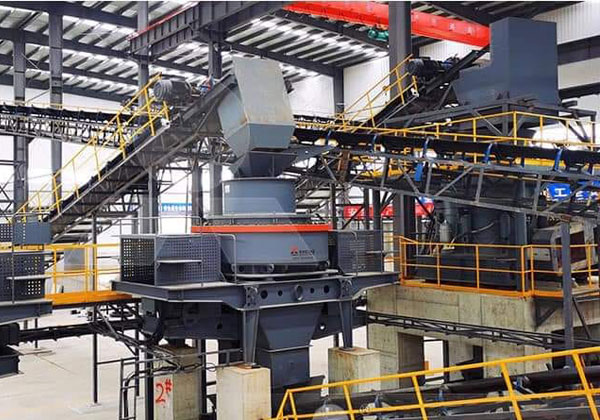A 300 TPH (tons per hour) complete stone crushing line is a highly efficient and optimized setup designed to handle large-scale stone processing operations. This complete line typically consists of several key components working in unison to crush and screen various types of rocks and minerals, such as granite, limestone, basalt, and others. The primary goal is to produce high-quality aggregate materials suitable for construction, road building, and other infrastructure projects.

Key Components of a 300 TPH Complete Stone Crushing Line:
- Primary Crushing Stage:
- Jaw Crusher: The process begins with the primary crushing stage where large rocks are fed into a jaw crusher. The jaw crusher reduces the size of the stones to a manageable size for further processing. This stage is crucial for breaking down the initial bulk material into smaller, more uniform pieces. The jaw crusher’s robust construction ensures durability and high efficiency in breaking down even the hardest rocks.
- Feeder: A vibrating feeder is used to control the flow of material from the hopper into the jaw crusher. This ensures a steady supply of material for crushing, preventing any potential damage to the crusher and enhancing overall efficiency.
- Secondary Crushing Stage:
- Impact Crusher or Cone Crusher: After the primary crushing stage, the material is sent to a secondary crushing stage where it is further reduced in size. Here, an impact crusher or cone crusher is used, depending on the material and the desired end-product specifications. The impact crusher is used for softer rocks, while a cone crusher is chosen for harder, more abrasive materials. These crushers help achieve the desired size reduction and shape of the final product.
- Screening Equipment: A vibrating screen is used to separate the crushed material into various sizes. The screen allows finer materials to pass through, while larger stones continue to the tertiary crushing stage. This step ensures that the final product meets specific size requirements for different applications, such as concrete aggregate, asphalt, and road base materials.
- Tertiary Crushing Stage:
- Sand Maker or Vertical Shaft Impact Crusher (VSI): For producing finer materials, such as sand, a sand maker or VSI crusher is used. These machines crush and shape the rock to produce uniform, high-quality sand. The VSI crusher also helps in achieving cubical-shaped particles, which are highly valued in the construction industry for their ability to produce strong and durable concrete.
- Screening and Washing:
- After the final crushing stage, the material undergoes additional screening and washing processes to remove impurities and ensure the quality of the end product. This step involves washing with water to remove any dust or clay particles that may affect the material’s properties. High-frequency vibrating screens are used to screen out fine particles and ensure that the final product meets the required specifications.
Advantages of a 300 TPH Complete Stone Crushing Line:
- High Efficiency: The integrated design of the crushing line allows for continuous processing, maximizing throughput and minimizing bottlenecks.
- Versatility: The line can process various types of stones and minerals, including granite, limestone, basalt, and more. This flexibility makes it adaptable to different project requirements.
- Quality Products: By producing well-sized and graded aggregates, the line ensures high-quality end products that meet the specifications required for construction and other applications.
- Cost-effectiveness: A complete stone crushing line is designed to reduce operational costs and improve profitability over time through minimal maintenance and efficient resource utilization.
A 300 TPH complete stone crushing line is a versatile, high-capacity solution for producing high-quality stone aggregates, meeting the demands of large-scale construction and infrastructure projects.

